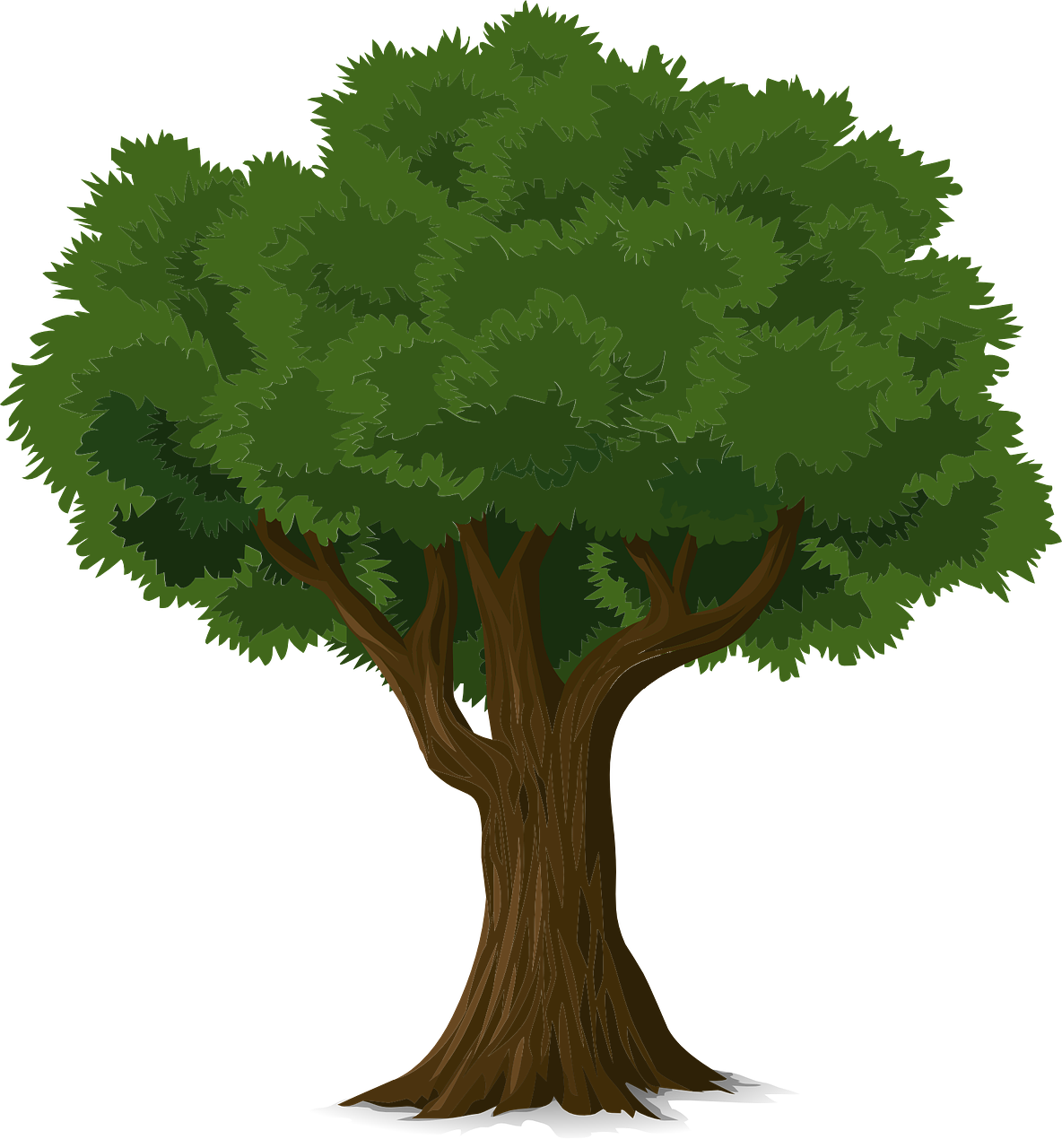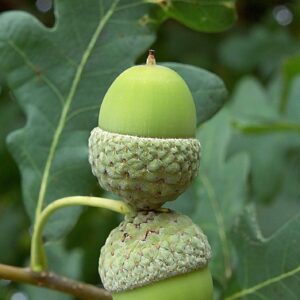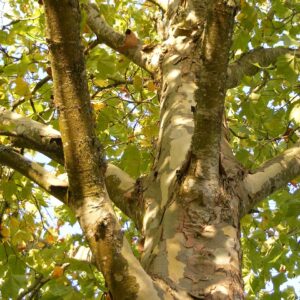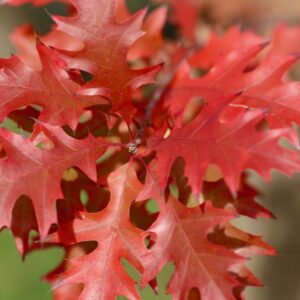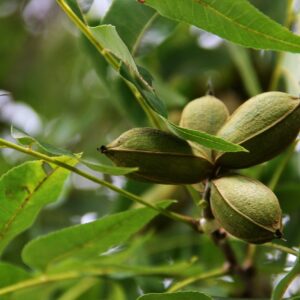Sassafras (Sassafras albidum) is a deciduous tree native to eastern North America, known for its aromatic foliage and distinctive leaf shapes. It is valued both for its unique appearance and its historical uses. Sassafras (Sassafras albidum) is a unique and versatile tree known for its distinctive leaf shapes, aromatic qualities, and vibrant fall color. Its adaptability to various soil types and its historical uses make it a valuable addition to both ornamental and practical applications in landscapes and gardens.
Appearance:
Size: Sassafras typically grows 30-60 feet (9-18 meters) tall with a spread of 20-40 feet (6-12 meters). In optimal conditions, it can reach up to 80 feet (24 meters) in height. It has a rounded to irregular canopy with a moderate to spreading growth habit.
Leaves: One of the most distinctive features of Sassafras is its leaves. They come in three different shapes on the same tree: entire (single-lobed), mitten-shaped (with two lobes), and multi-lobed (with three or more lobes). The leaves measure about 4-6 inches (10-15 cm) long and are dark green on the upper surface and lighter green underneath. In the fall, the foliage turns vibrant shades of yellow, orange, and red.
Flowers: Sassafras produces small, greenish-yellow flowers in early spring (March to April) before the leaves fully emerge. The flowers are arranged in small clusters and are not particularly showy, but they are an important part of the tree’s reproductive cycle.
Fruit: The fruit is a small, blue to black drupe, about 1/4 inch (0.6 cm) in diameter, which matures in late summer. The fruit is often clustered together and is eaten by birds and small mammals.
Bark: The bark of Sassafras is smooth and grayish-brown when young, becoming darker and more furrowed with age. The bark has a distinctive aromatic quality when scratched or bruised.
Habitat: Sassafras prefers well-drained, fertile soils and is commonly found in mixed hardwood forests, deciduous woodlands, and along streams and riverbanks. It can tolerate a range of soil types, including sandy and clay soils. It is hardy in USDA Hardiness Zones 4 to 9.
Uses:
Ornamental: Sassafras is valued for its distinctive foliage, aromatic leaves, and vibrant fall color. It is often used as a specimen tree or in naturalized plantings. Its unique leaf shapes and bright colors make it an attractive addition to gardens and landscapes.
Historical Uses: Sassafras has a long history of use in traditional medicine and culinary applications. The roots and bark were used to make sassafras tea, which was believed to have various health benefits. However, the use of sassafras in food and beverages has declined due to concerns about its safety, as some compounds in the tree have been linked to health risks.
Woodworking: The wood of Sassafras is lightweight and durable, and it has been used for making furniture, fence posts, and other items. It is valued for its pleasant aroma and resistance to decay.
Care:
Pruning: Prune Sassafras in late winter or early spring before new growth begins. Pruning helps maintain the tree’s shape, remove any dead or damaged branches, and improve air circulation within the canopy.
Watering: Sassafras prefers regular watering, especially during dry periods. It is tolerant of brief droughts once established but thrives in consistently moist soil.
Fertilizing: A balanced, slow-release fertilizer applied in early spring can support healthy growth. Sassafras is not overly demanding in terms of fertilization but may benefit from additional nutrients in poor soils.
Pests and Diseases: Sassafras can be affected by pests such as scale insects and diseases like leaf spot and rust. Regular monitoring and proper care can help manage these issues.

